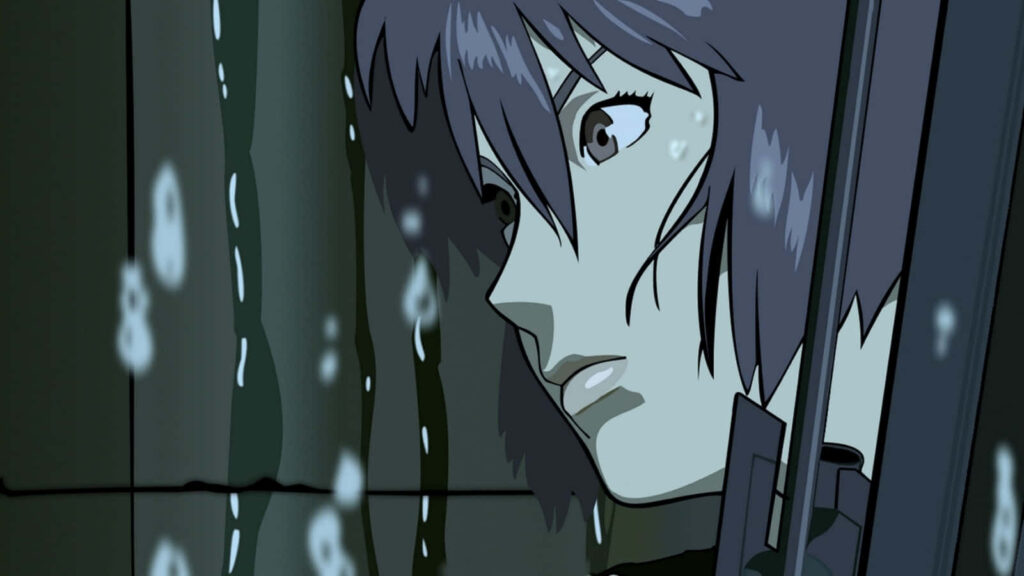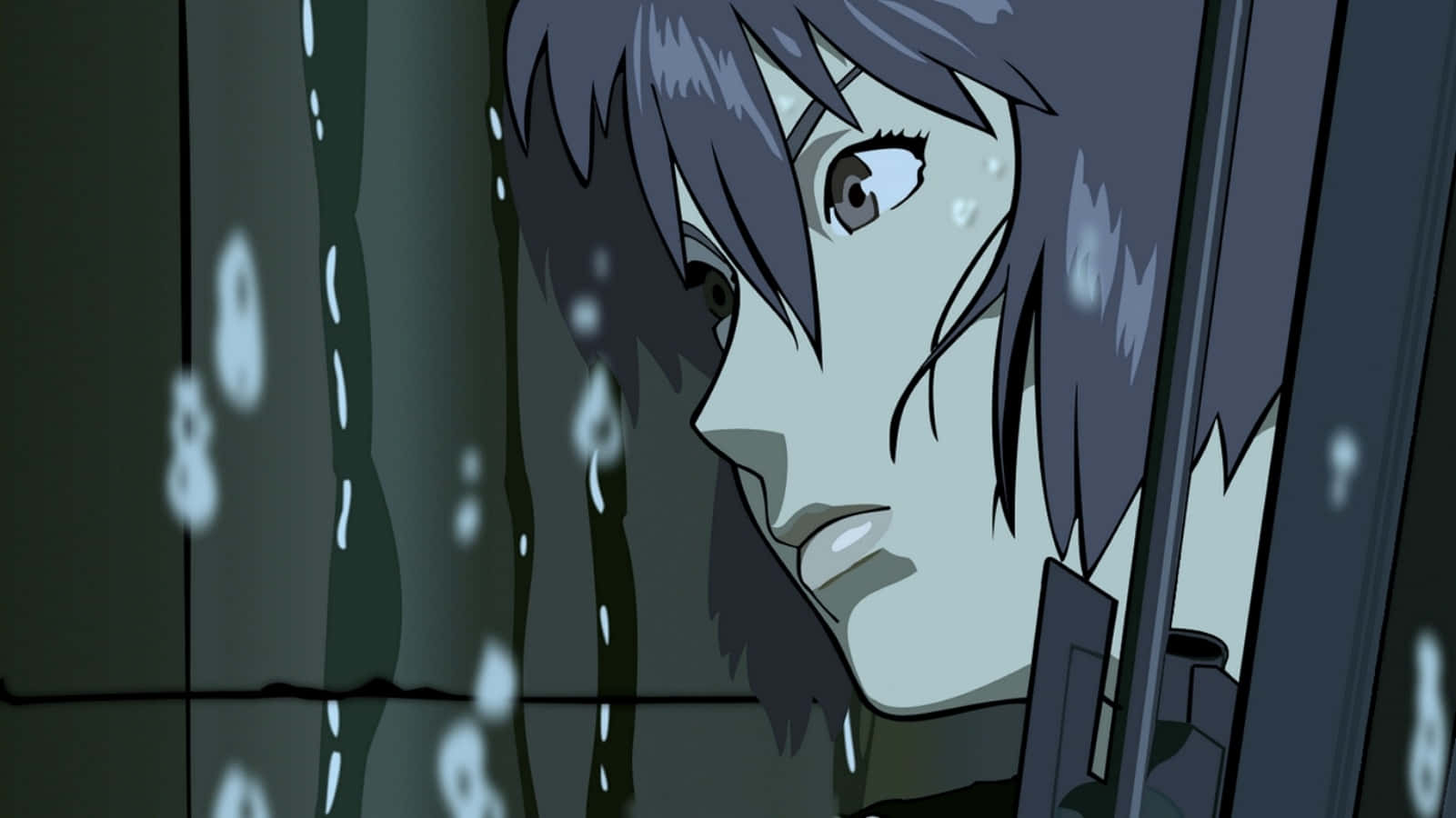
Is Motoko Kusanagi a Cyborg? Exploring the Cybernetic Enhancements of Ghost in the Shell’s Protagonist
Motoko Kusanagi, the protagonist of the iconic Ghost in the Shell franchise, is a figure synonymous with cyberpunk and transhumanism. The question of whether Motoko Kusanagi is a cyborg is central to understanding her character and the philosophical themes explored in the series. This article delves into the details of her cybernetic enhancements, examining the extent of her modifications and the implications for her identity.
Defining Cyborg: More Than Just Metal and Wires
Before definitively answering the question, “Is Motoko Kusanagi a cyborg?”, it’s crucial to understand what defines a cyborg. The term, short for ‘cybernetic organism,’ typically refers to a being with both organic and biomechatronic body parts. This blending of biology and technology is often intended to enhance capabilities beyond natural human limitations.
In popular culture, cyborgs range from characters with minor prosthetic enhancements to those almost entirely mechanical. The line between human and machine becomes blurred, raising questions about what constitutes humanity and consciousness.
The Cybernetic Body of Major Motoko Kusanagi
In the world of Ghost in the Shell, cyberization is a common practice. However, Motoko Kusanagi’s case is unique. As a child, she suffered a severe accident, requiring her entire body to be replaced with a prosthetic one. Only her brain and, more specifically, her “ghost” (her consciousness or soul) remained intact.
The Full-Body Prosthetic
Motoko Kusanagi‘s prosthetic body is far more advanced than a simple replacement. It’s a state-of-the-art construct, granting her superhuman strength, speed, agility, and access to the network. This body is not merely functional; it’s a powerful tool that allows her to perform her duties as a Section 9 operative with unmatched efficiency.
The Ghost in the Shell
The “ghost” is a crucial element in understanding Motoko Kusanagi’s identity. It represents her consciousness, memories, and sense of self. The central question in Ghost in the Shell revolves around whether this “ghost” can truly reside within a completely artificial “shell.” The philosophical implications are profound, questioning the nature of identity and the soul in a technologically advanced world.
So, Is Motoko Kusanagi a Cyborg? A Clear Affirmation
Given the definition of a cyborg and the extent of Motoko Kusanagi’s cybernetic enhancements, the answer is a resounding yes. She retains her organic brain, the seat of her consciousness, but the rest of her body is entirely artificial. This makes her a quintessential example of a cyborg, blurring the lines between human and machine.
The Implications of Being a Cyborg
Being a cyborg has profound implications for Motoko Kusanagi. Her enhanced physical abilities make her a formidable combatant, but her artificial body also raises questions about her humanity. She grapples with her identity throughout the series, wondering if she’s still human or something else entirely.
The Search for Identity
One of the central themes of Ghost in the Shell is Motoko Kusanagi‘s search for identity. She constantly questions her own existence, wondering if her memories are real or simply programmed into her artificial brain. This existential angst is a recurring motif, driving her actions and shaping her worldview.
The Blurring Lines of Humanity
Motoko Kusanagi‘s existence challenges the traditional definition of humanity. If consciousness can exist within an artificial body, what does it mean to be human? This question is not just relevant to the fictional world of Ghost in the Shell; it’s also increasingly pertinent in our own world, as technology continues to blur the lines between humans and machines. [See also: Ethical Considerations of Cybernetic Implants]
Motoko Kusanagi’s Influence on Cyberpunk and Transhumanism
Motoko Kusanagi has become an iconic figure in cyberpunk and transhumanist circles. Her character has influenced countless works of fiction and inspired discussions about the future of humanity. Her journey is a cautionary tale, but also a hopeful one, suggesting that consciousness can transcend the limitations of the physical body.
A Cyberpunk Icon
Ghost in the Shell is considered one of the seminal works of the cyberpunk genre, and Motoko Kusanagi is its most recognizable symbol. Her image has been used in countless advertisements, movies, and video games, solidifying her status as a cultural icon. [See also: The Evolution of Cyberpunk Aesthetics]
Transhumanist Themes
The themes explored in Ghost in the Shell are deeply rooted in transhumanism, the belief that technology can be used to enhance human capabilities beyond their natural limits. Motoko Kusanagi embodies this idea, pushing the boundaries of what it means to be human. Her story raises important questions about the future of our species and the potential for technological advancement. [See also: The Future of Human Enhancement]
The Future of Cybernetics: Are We All Destined to Become Cyborgs?
As technology continues to advance, the possibility of humans becoming cyborgs becomes increasingly real. Prosthetic limbs are becoming more sophisticated, brain-computer interfaces are being developed, and genetic engineering is on the horizon. It’s not unreasonable to imagine a future where humans routinely enhance their bodies with technology.
The Ethical Considerations
However, the prospect of widespread cyberization raises serious ethical considerations. Who will have access to these technologies? What are the potential risks and side effects? And how will these enhancements affect our sense of self? These are questions that we must grapple with as we move closer to a cyborg future.
Embracing the Potential
Despite the ethical challenges, the potential benefits of cybernetics are undeniable. Enhanced physical and cognitive abilities could lead to longer, healthier, and more productive lives. By carefully considering the ethical implications and developing responsible guidelines, we can harness the power of technology to create a better future for all.
Conclusion: Motoko Kusanagi, the Quintessential Cyborg, and Her Enduring Legacy
In conclusion, Motoko Kusanagi is undeniably a cyborg. Her story serves as a powerful exploration of identity, consciousness, and the future of humanity in an age of advanced technology. Her journey continues to resonate with audiences around the world, solidifying her place as a pivotal figure in cyberpunk and transhumanist thought. Motoko Kusanagi and her struggles are a timeless and compelling story that encourages us to think critically about the relationship between humans and technology. The question of what it means to be human in a world increasingly shaped by technology is at the heart of Motoko Kusanagi‘s journey, making her a relevant and important character for our times. Motoko Kusanagi‘s influence on the cyberpunk genre is undeniable, and her character continues to inspire artists, writers, and filmmakers to explore the complex issues surrounding technology and identity. The enduring popularity of Ghost in the Shell is a testament to the power of its themes and the compelling nature of its protagonist, Motoko Kusanagi. Exploring her story and the philosophical questions it raises remains a worthwhile endeavor, offering insights into the potential and pitfalls of technological advancement. The exploration of Motoko Kusanagi‘s character and her fully prosthetic body is key to understanding the core concepts of Ghost in the Shell. Ultimately, the question of “Is Motoko Kusanagi a cyborg?” leads to a deeper understanding of what it means to be human in a technologically advanced society. Motoko Kusanagi‘s story is a complex and multifaceted one, and her status as a cyborg is just one aspect of her fascinating character. The themes explored in Ghost in the Shell continue to be relevant today, making Motoko Kusanagi an enduring and important figure in popular culture.

